Is There Pleasure and Profit in Walking to Places?

Greetings fellow travelers!
Few things disorient a European visitor to the United States more than the American attitude to walking.
While Europeans view walking as an eminently sensible means to go from one place to another, Americans view any time spent on their feet as a near intolerable burden.
"Ah, James," you are now thinking. "There you go exaggerating again. Surely Americans are not so opposed to walking as all that."
Do Americans really hate to walk?
I stand by my contention, with one exception I'll describe momentarily. First, let me discuss a few items of evidence in support of my claim.
Upon arriving at the airport, you will note copious moving walkways and escalators. In itself, that's not unusual. What does stand out is how many people immediately come to a standstill on all such conveyances. The thought process is "This walkway/escalator is moving, so I don't need to."
You depart the airport to your city destination, likely by taxi or ride-share. American cities are designed to accommodate cars. Not buses, bikes, or trains, but cars. And certainly not pedestrians.
Although there are some notable exceptions – San Francisco, New York, and Boston come to mind – most cities are downright inhospitable to pedestrians.
"But wait," you exclaim! "I remember going to city X and seeing sidewalks." Sure, but what you didn't see was that they are navigated by tourists and occupied by the homeless.
Anyone who has a choice in the matter avoids the sidewalks, except as the place to catch their Uber ride.
And for all of you now thinking that your walk to work disproves my point, think again. Consider these amazing statistics from a 2021 report from the U.S. Census Bureau on Americans' means of transportation to work. Of 157 million workers in the U.S. in 2019,
- 133 million or 85% arrived at work in a personal vehicle, and almost 76% drove alone.
- Even pre-pandemic, more people worked from home (5.7%) than took public transportation (5%). And the large majority of those who take public transportation can be found in just seven cities.
- Only 2.6% of Americans walked to work, some 4.1 million people.
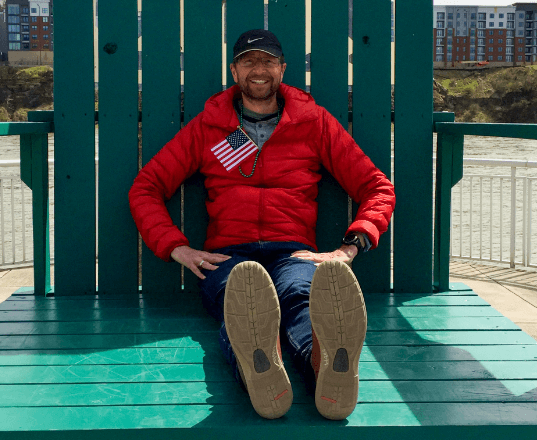
It's all the more amazing when we consider that more than 80% of Americans live in urban areas. If walking was something we wanted to do, more than 2.6% of Americans would be walking to work.
This is to say nothing of getting around a city or urban area in aid of daily life: going to a restaurant, doing your shopping, and running errands. It's all so obvious: the restaurant is not conveniently located, your shopping is too heavy to carry, and you have limited time to run your errands.
I've been wondering about this, though. Is it because we're pressed for time that we don't want to get out of our cars? Or because we don't want to walk?
- We frequent fast-food restaurants and coffee shops via the drive-thru
- We fill our prescriptions at the drive-up pharmacy window
- We take out money from a drive-in kiosk
- We wait in our cars for curbside delivery of our groceries
- We got COVID testing from within the safety of our cars
- We can even return library books at the drive-by deposit box
Now, to be fair, distances in the U.S. are truly great. If you've ever parked in an American lot, you will appreciate how a shopper could exhaust their strength merely crossing the paved acres to arrive at the air-conditioned oasis within. No wonder so many avail themselves of motorized shopping carts.
But there is an exception to Americans' reluctance to being on their feet.
What's the exception to Americans' aversion to being on their feet?
The exception is this: Americans will suffer for their sport. That is, you will find some number walking, hiking, or jogging to get exercise.
True, a great number will only do this from the confines of a warm, dry gym. That's so they can watch a screen while they step, and refill their water bottles to replenish the copious sweat they've lost.
This fits with the image that Americans have of being on their feet. It should feel like painful work because it is painful. Thus, while you would never otherwise walk when you can drive, if it comes to torturing yourself for fitness, a walk will do.
I acknowledge there is another exception, and this is dog owners walking their pets. Although some owners take refuge in their Airpods, I have to admit many dogwalkers look as happy to be outside as their furry friends.
When walking brings both pleasure and profit
Until you've experienced a true pedestrian zone in a major city, you're missing one of life's pleasures.
A true pedestrian zone is not just a sidewalk along a busy road. It's a place where cars do not enter.
You can roam freely on foot from one side of the avenue to the other, with no more concern for your safety than whether the local dogwalkers are diligent in picking up after their dogs.
Many European cities create pedestrian zones where formerly cars patrolled the streets. And some mixed zones are blocked for cars during peak hours. How do the Europeans do it? It's not hard – some road signs, and some paint or cobblestones differentiate the areas.
So why don't more American cities do it? The simple answer is, we don't want to walk.
My South Carolina town conducted a survey on whether they should make half a mile of Main Street a pedestrian zone. The resounding "No!" was grounded in one concern: we don't want a pedestrian zone because we'd have to walk too far after parking our cars.
This is the same town that is famous precisely for its sidewalk-lined Main Street. The one that people move to from all over the country so they can use the 20-mile Swamp Rabbit Trail when they are walking their dogs or torturing themselves with exercise.
What gives? We want to drive right up Main Street, park, and walk 15 feet across the sidewalk to our shop or restaurant. We will drive to a favorite spot on the Swamp Rabbit Trail so we don't have to walk a single extra step beyond what our exercise demands.
"Where does the profit come in," you may be wondering.
Walking chalks up an impressive list of benefits: longer life expectancy, lower weight, healthier aging, lower medical costs, less depression, and lower risk of dementia, stroke, and heart disease. See Walking daily may boost healthy aging and Impact of walking on life expectancy.
America ranks among the worst among its OECD peers on all these metrics. This leads to a pertinent question.
- If something as easy as walking could help dramatically improve Americans' lives, why don't we walk more?
The simple answer is we don't want to.
Be well.
Hit reply to tell me what's on your mind or write a comment directly on Klugne. If you received this mail from a friend and would like to subscribe to my free weekly newsletter, click here.

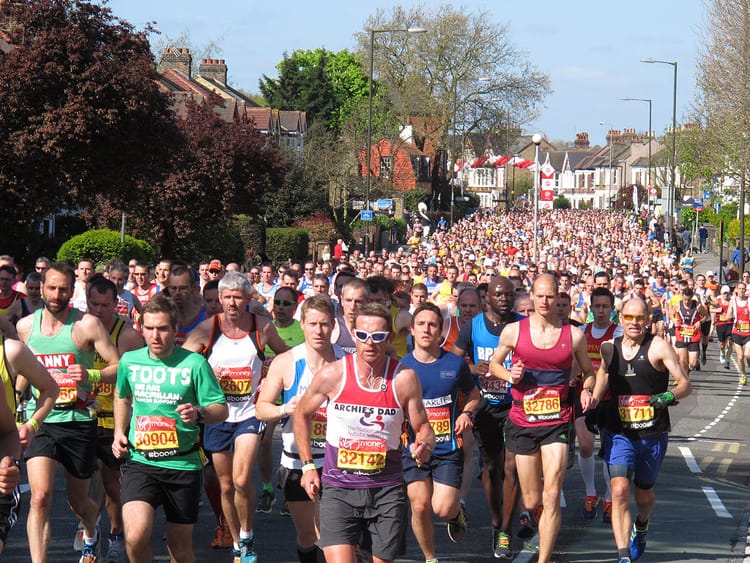
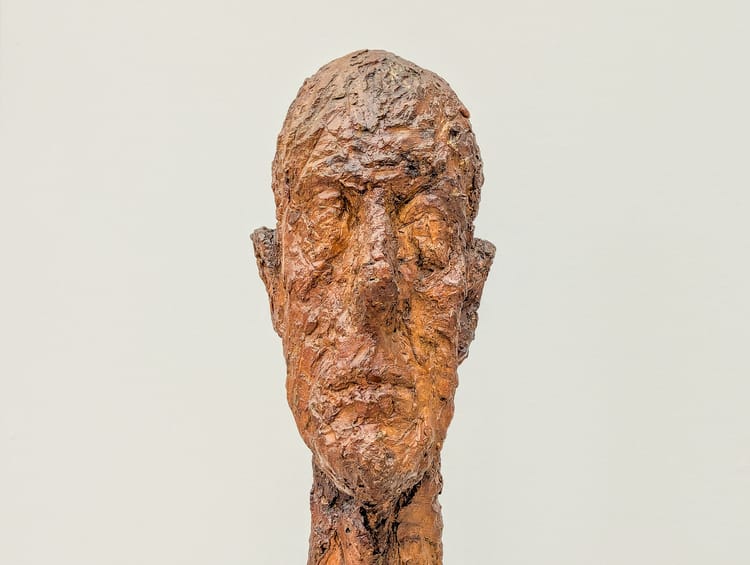
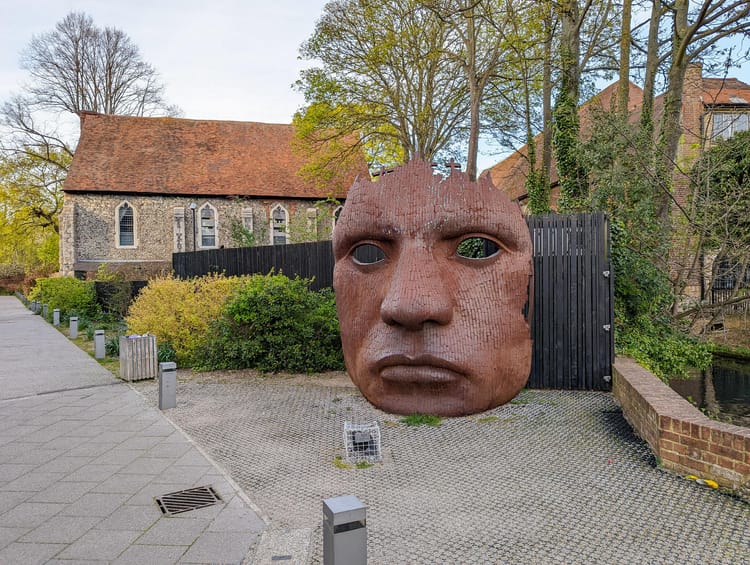
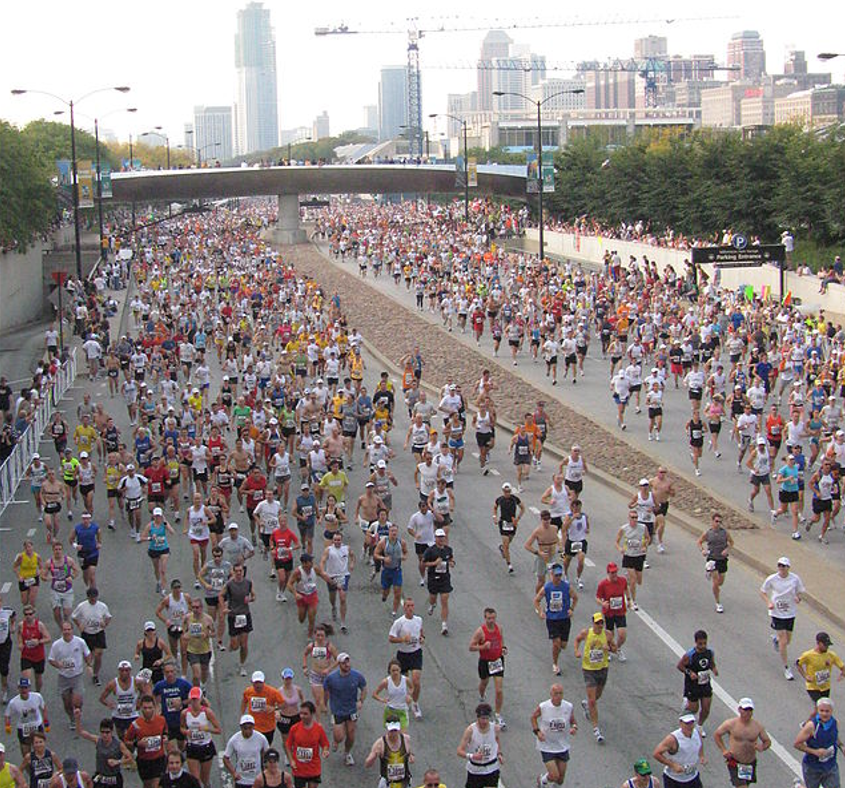

Member discussion